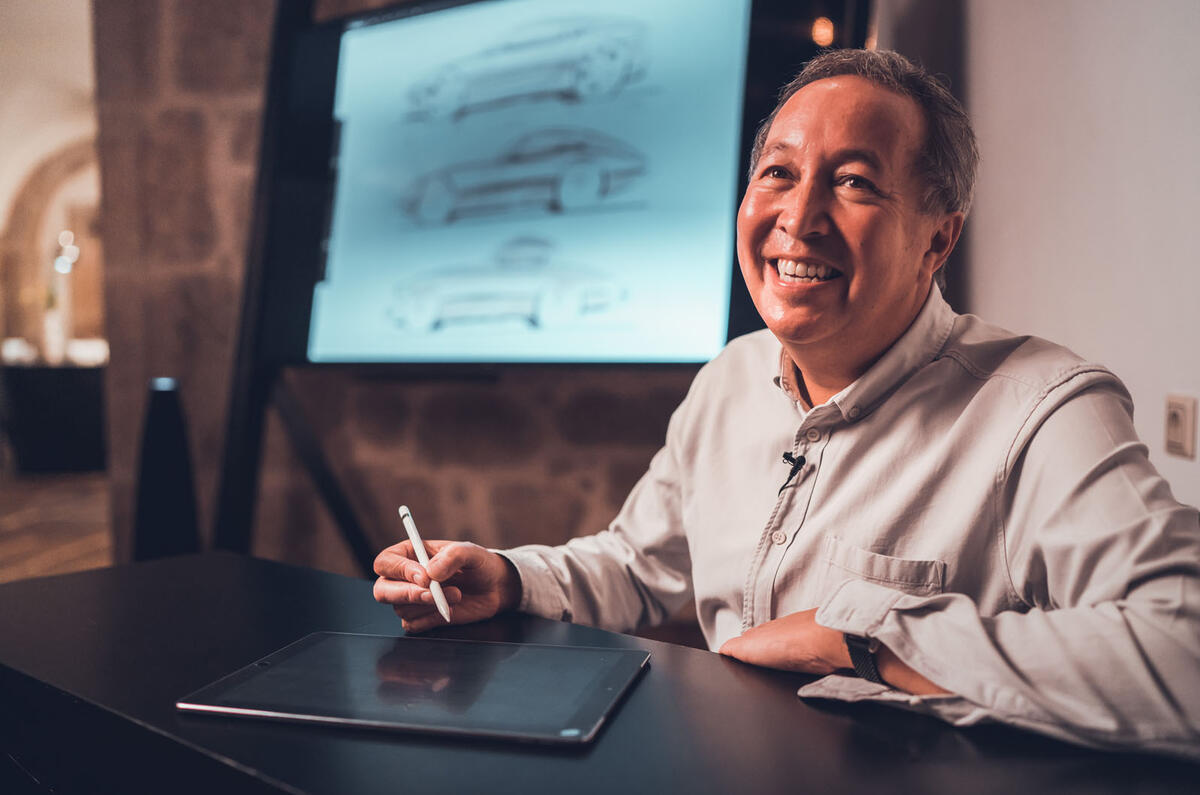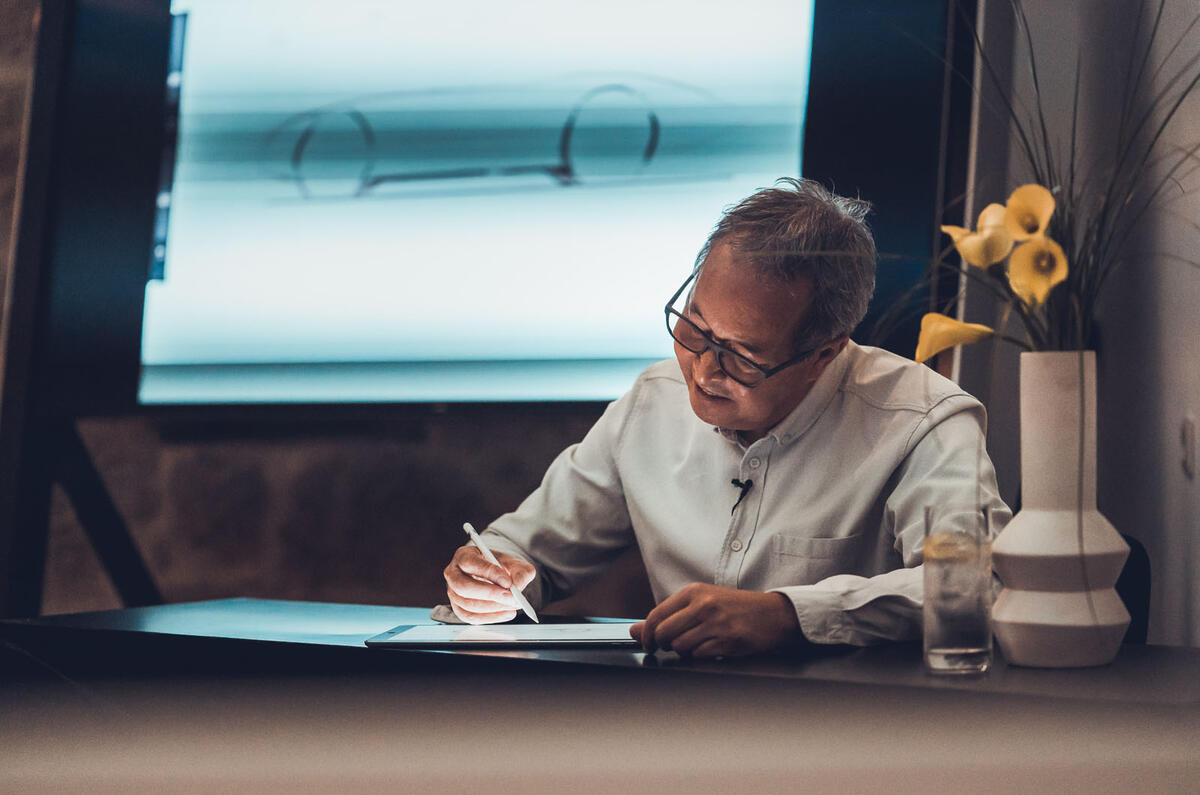Like all great car designers, and quite a few who aren’t, Julian Thomson drew cars constantly when he was young.
But instead of drawing other people’s designs – Ferraris and Porsches, like the other kids – he always drew his own. “My father, who worked in the National Gallery, wasn’t especially into cars but he loved the creative process,” says 58-year-old Thomson, who succeeded Ian Callum last July as Jaguar’s design director after 20 action-packed years as his closest associate. “He always encouraged us kids to do our own thing. If we made an Airfix kit, we’d immediately cut it up and make it into something of our own. I suppose I was designing from the very beginning without realising it.”
Thomson was always the natural successor to Callum, having been right there during the re-founding of Jaguar’s design values via the XK, Jaguar XF, Jaguar XE and all the other new Jags of the past decade. But it would be quite wrong to suggest he spent much time in Callum’s shadow. After a spell at the Royal College of Art’s postgrad car design course, he created the original Lotus Elise, which brilliantly set a new design direction for Lotus without harming its best-loved values. And during a busy couple of years as Land Rover’s advanced design chief, under the direction of chief design officer Gerry McGovern, Thomson led a tiny team that created the original Land Rover LRX concept that soon appeared, little changed, in production as the Range Rover Evoque. That model became a car industry phenomenon, quadrupling predicted sales for a decade and moving Land Rover to a whole new commercial footing.
No one who’s ever seen Thomson at work would ever cast him as a yes-man. “Ian and I had a yin and yang thing going,” he explains. “He was the curator of Jaguar’s design values. I was the maverick who always wanted to push. The cars were, in a sense, the average of that.
“We disagreed almost out of habit and the design team came to expect us to haggle things out. It’s vital in our job to be able to sound off, to throw ideas back and forth but to do it comfortably. We could do that. My task now is to keep that questioning spirit going.”











































Join the debate
Add your comment
JLR have done very well
JLR have done very well keeping their 2 "brands" so visually separate
Unfortunately for Jaguar that's also reflected in the differing sales between the brands
Blimey he’s saying he designed the Evoque
Blimey he's saying he designed the Evoque - that's going to annoy Gerry McGovern - mind you Gerry claims to have designed everything even when he didn't
They need to build an A3 and Golf
The problem with the XE was there was no coupe nor tourer and the tourer is a large market in BMW 3 series.Jaguar interiors also took a huge step backwards with XE XF and F Pace. JLR need ranges of cars starting in the Uk at £25k up to £40k once you get past this many people do not want to pay an extra nearly £2k vehicle tax over the next 5 years,even S models of Evoque with auto and awd are over this if you put metalic paint on and then you ask yourself in a few years time second hand at 6 years old people want the higher spec models as the tax is then the same.
Ski Kid wrote:
The fundamental problem with the XE was that the basic car was sh*t. It was too small, had a terrible interior - I mean TERRIBLE, was unrefined, uneconomical, not especially reliable and excelled at nothing in particular, apart from the handling. Taking the XE saloon as a base, would have created the the same lacklustre coupe, tourer, soft top...whichever.There are too many lacklustre cars in the Jaguar range. Nothing stirs the soul. None really has truimphed or hit the nail on the head.
Then there is the brand to top it off - there really isnt any global demand for it.
And that is unlikely to change.